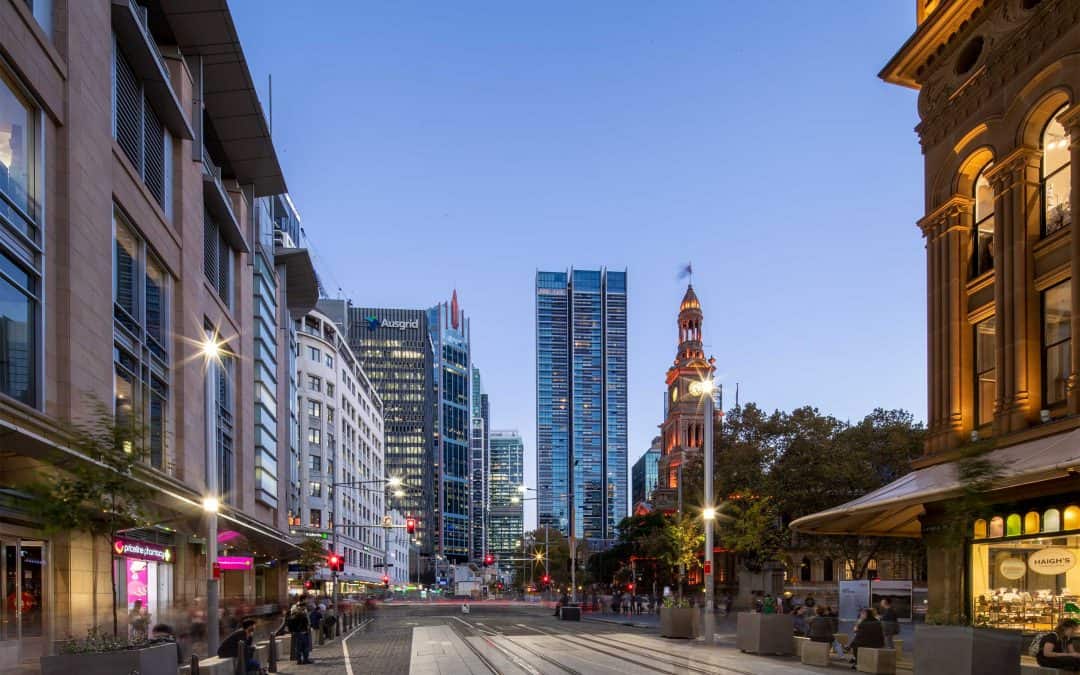Architectural photography is a captivating field that demands both artistic and technical prowess to capture exquisite images of buildings, structures, and spaces. Whether it is a modern skyscraper, a historic monument, or a groundbreaking residential design, architectural photography aims to showcase the beauty and originality of architectural ingenuity.
In this discourse, we shall delve into the meticulous process of architectural photography and the manner in which photographers capture and refine their images after a shoot.
- The Process of Architectural Photography
Architectural photography requires a meticulous approach that surpasses merely pointing a camera at a building and clicking a button. Meticulous planning, preparation, and attention to detail are integral components of capturing a flawless architectural image. - Site Visit and Research
Before initiating a shoot, the photographer must conduct a comprehensive site visit and research the building or structure they are capturing. This entails comprehending the architectural design, lighting, and angles that will best highlight the building’s exceptional features. - Equipment Selection
The significance of selecting the appropriate equipment in architectural photography cannot be overstated. A photographer must have a high-quality camera, wide-angle lenses, tripods, and other accessories that guarantee that the best shots are obtained. - Timing
In architectural photography, timing is of the essence. The photographer must take into account the time of day, weather conditions, and the position of the sun to determine the optimal period for the shoot. This guarantees the capture of perfect lighting and shadows that accentuate the building’s design. - Composition
Following the selection of the appropriate equipment and timing, the photographer will then concentrate on composition. This involves selecting the right angles and framing the image to emphasize the building’s design and unique features. - Capturing and Processing Architectural Images
Once the photographer captures their images, the refining process follows, aimed at enhancing the image quality and showcasing the building’s unique features. Here are the steps a photographer takes to refine their architectural images: - RAW Conversion
The initial stage in processing architectural images entails converting them from RAW format to a more usable file type like JPEG or TIFF. This allows the photographer to make adjustments to the image and enhance its quality. - Color Correction
Color correction is a fundamental aspect of architectural photography, as it assists in bringing out the building’s natural colors and improving the overall image quality. - Perspective Correction
Perspective correction is an indispensable component of architectural photography, ensuring the building appears straight and symmetrical. This necessitates using software to rectify any distortion caused by the camera’s angle. - HDR Processing
HDR (High Dynamic Range) processing is a technique that enhances the image’s dynamic range and detail in architectural photography. This involves combining multiple images of different exposures to produce a final image with improved detail and tonal range. - Retouching
The ultimate stage in refining architectural images is retouching. This entails removing any distracting elements, adjusting the brightness and contrast, and enhancing the image’s overall quality.
Conclusion
In conclusion, architectural photography is a captivating field that necessitates both technical and artistic expertise to capture outstanding images of buildings and structures. The process of architectural photography entails scrupulous planning, preparation, and attention to detail, with the refining phase being crucial in enhancing the image’s quality and highlighting the building’s unique features.
Jim Moustakas, a celebrated architectural photographer of Visionair Media, is renowned for his exceptional ability to capture the beauty and intricacy of architectural design. With over two decades of experience in the field, Jim has honed his craft and established himself as a true master of the art of architectural photography. His clients range from architects and designers to publishers and advertising agencies.
Jim’s passion for architectural photography is born of his deep appreciation for the beauty and individuality of architecture. He is convinced that through photography, one can capture the essence of a building’s design and evoke the emotions it inspires.
As an artist, Jim approaches each shoot with meticulous attention to detail, carefully planning and researching the location, equipment, timing, and composition. His images are not only technically perfect but also aesthetically striking, capturing the essence of the building and showcasing its unique features.
Over the years, Jim has received numerous accolades for his work and has graced the pages of prestigious publications. He is a true luminary in his field, inspiring a new generation of photographers to capture the beauty and allure of architectural design through their lenses.

